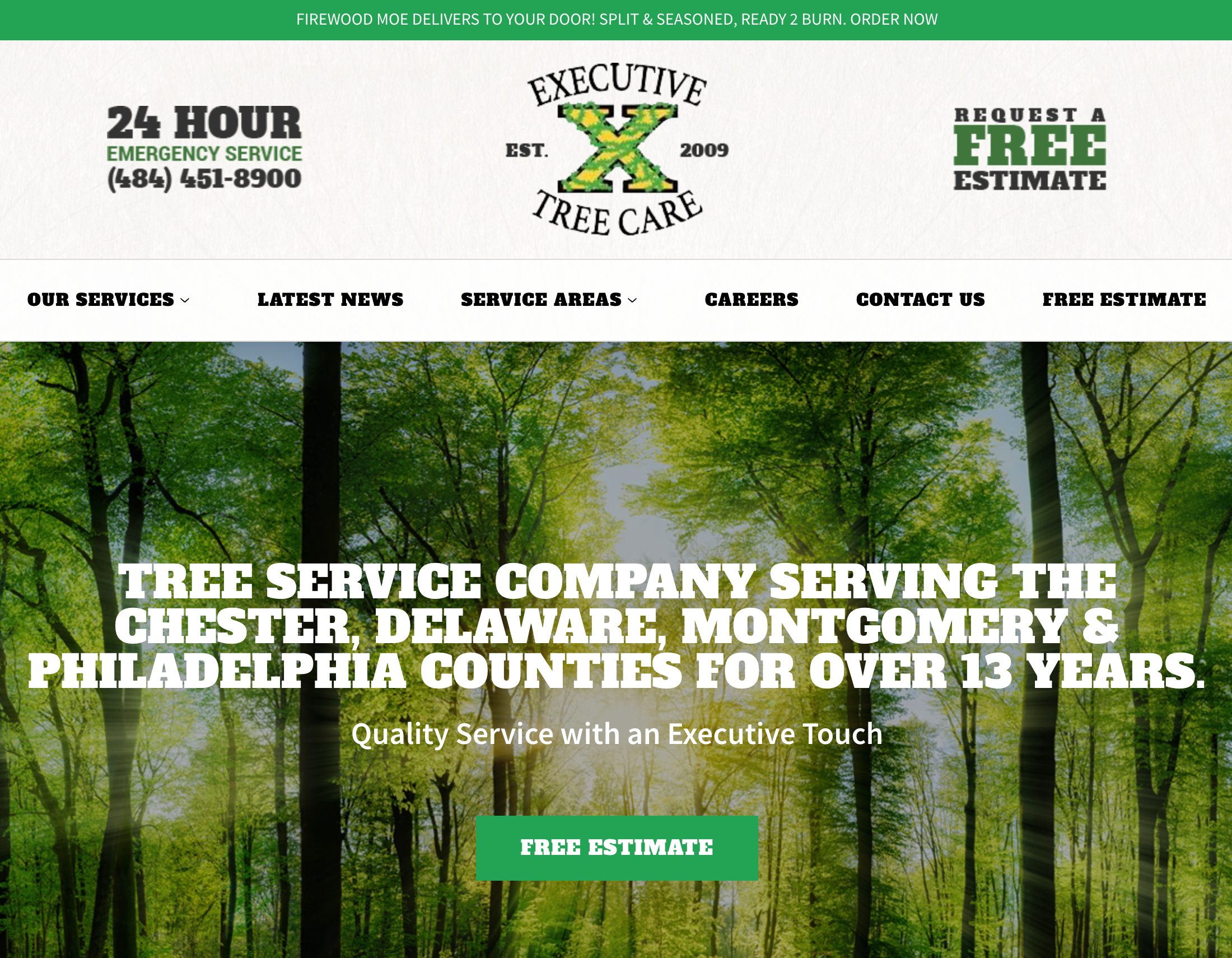The digital marketing landscape continues to evolve, and businesses need to adapt their strategies to stay ahead of the competition. As a digital marketing agency in Philadelphia specializing in Social Media Strategy, Web Design, Mass Email, SEO, SEM, and Facebook Ads, we are excited to share our insights on mastering user intent in SEO. As search engine algorithms become increasingly sophisticated, understanding and aligning with the intent behind user searches is critical to improving your brand’s online visibility and driving meaningful results in 2024.
In this comprehensive guide, we will delve deep into the following essential aspects of user intent in SEO:
1. The Importance of User Intent: Gain a clear understanding of why user intent is crucial in contemporary SEO and how it can elevate your brand’s online visibility and effectiveness.
2. Types of User Intent: Explore the different categories of user intent and learn how to identify (and cater to) the underlying goals of your target audience in each search query.
3. Crafting Content Aligned with User Intent: Learn proven strategies to develop engaging, high-quality content that speaks to the needs and desires of your target audience, boosting your brand’s search engine rankings and driving consistent traffic.
4. Optimizing Your Website for User Intent: Dive into best practices for building a user-friendly website that connects seamlessly with your target audience at every stage of their decision-making process, improving user experience, and increasing overall Conversions.
5. Measuring the Success of User Intent-Based SEO: Discover the Key Performance Indicators (KPIs) to track and analyze the effectiveness of your user intent-focused SEO strategy, enabling you to make informed, data-driven decisions that enhance performance.
Throughout this in-depth guide, we will share our expert knowledge and real-world experience, providing valuable tips and action-oriented advice tailored for brands of all sizes and industries seeking to excel in user intent-based SEO. Our first-person approach delivers high-quality content that empowers your brand to stay on the cutting edge of the ever-changing digital marketing landscape.
The Importance of User Intent: Elevate Your SEO Game
In today’s increasingly sophisticated digital marketing environment, search engines like Google focus heavily on understanding user intent and delivering relevant, high-quality content that meets users’ needs. Traditional keyword-based SEO is no longer sufficient; to stay competitive, your brand needs to align content and optimization strategies with the intent behind users’ search queries. By prioritizing user intent, you can create content that truly resonates with your target audience, improve your search engine rankings, and drive more meaningful user engagement.
Types of User Intent: Decoding Your Audience’s Goals
To create effective user intent-based SEO strategies, it’s essential to recognize the various types of user intent and how they influence search behavior. Broadly, user intent can be categorized into the following types:
1. Informational Intent: Users with informational intent are seeking specific information or solutions to problems. They may be looking for detailed guides, how-to articles, or informative videos. To cater to informational intent, create high-quality, well-researched content that delivers value and addresses common questions or concerns within your niche.
2. Navigational Intent: When users have navigational intent, they aim to locate a particular website, product, or resource that they are already aware of. To optimize your content for navigational intent, ensure that your brand’s website is easily accessible and well-structured, with clear navigation and relevant internal linking.
3. Transactional Intent: Users with transactional intent are ready to make a purchase or complete a specific action (e.g., signing up for a newsletter). To appeal to this audience, optimize your website’s conversion paths, design compelling calls-to-action, and build trust through social proof, testimonials, and guarantees.
4. Investigational Intent: Users with investigational intent may be in the research phase, comparing products, services, or solutions before making an informed decision. To cater to this intent, create content that showcases your expertise and differentiates your brand, such as product comparisons, case studies, or service reviews.
By understanding these distinct categories of user intent, you can more effectively tailor your brand’s content and SEO strategies to engage your target audience at every stage of their journey.
Crafting Content Aligned with User Intent: Connecting with Your Audience
Now that you understand the various forms of user intent, the next step is to create content that aligns with your audience’s needs and desires. Here are some best practices to follow:
1. Keyword research with a focus on intent: Perform thorough keyword research that accounts for the intent behind each query. Use search engine data, keyword research tools, and Google’s “People Also Ask” feature to uncover long-tail keywords and question-based phrases relevant to your target audience.
2. Create high-quality, valuable content: Deliver informative, well-researched content that answers users’ queries and provides practical insights. Utilize multimedia elements (e.g., images, videos, infographics) to engage users and improve overall content quality.
3. Develop cornerstone content: Produce comprehensive, authoritative pieces on key topics within your niche that demonstrate your expertise. Cornerstone content can be a valuable resource for users and serves as a strong foundation for your brand’s online presence.
4. Implement content variety: Diversify your content to cater to different user intents, including blog posts, video tutorials, infographics, FAQs, and buyer’s guides.
By deploying these strategies, you can generate content that aligns with user intent and fosters deeper connections with your target audience.
Optimizing Your Website for User Intent: Enhancing User Experience
In addition to crafting high-quality content, it’s crucial to optimize your website for user intent:
1. Improve site structure and navigation: Ensure your website has a logical, easy-to-navigate structure that guides users through their journey, regardless of their search intent.
2. Optimize for mobile-friendliness: With more users conducting searches on mobile devices, make sure your website is responsive and provides a seamless experience across all devices.
3. Implement schema markup: Utilize schema markup to provide search engines with structured, easy-to-understand data about your content, enabling them to deliver more precise and relevant results.
By optimizing your website with user intent in mind, you create a more seamless, memorable experience for your audience, ultimately driving higher engagement and conversions.
Conclusion
Mastering user intent in SEO is crucial for your brand’s success in 2024 and beyond. By understanding and aligning with the needs of your target audience, you can create compelling content, improve search engine rankings, and foster lasting connections with your customers.
Let us, at Small Talk, be your partner in your journey toward mastering user intent, designing tailored strategies to ensure your brand stays ahead of the curve and thrives in an ever-changing digital landscape. Contact our team today to learn more about our local SEO services in Philadelphia.















